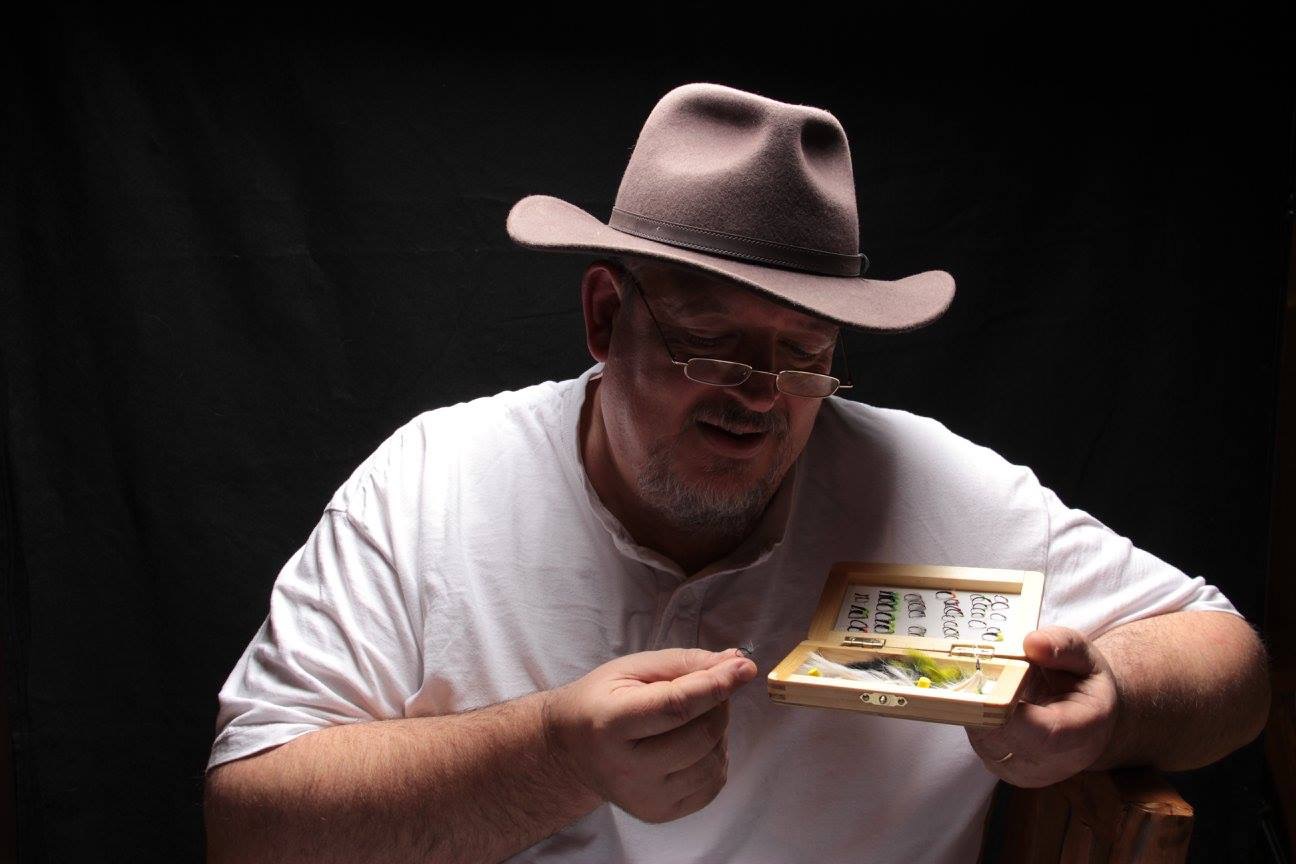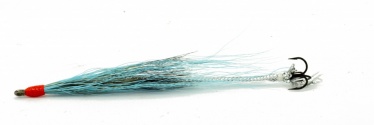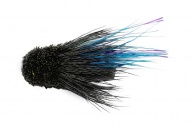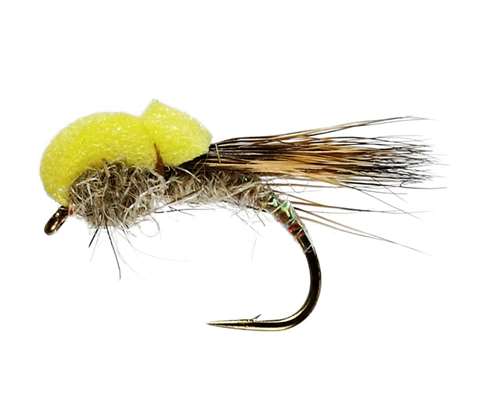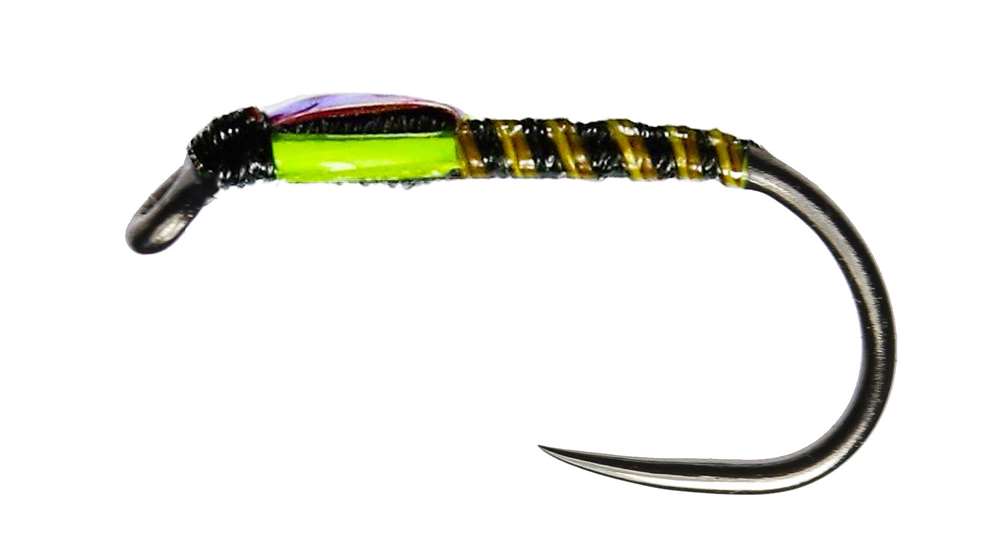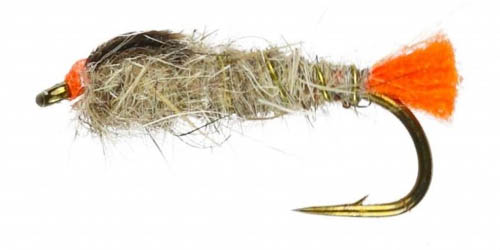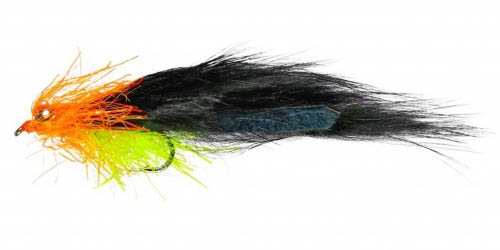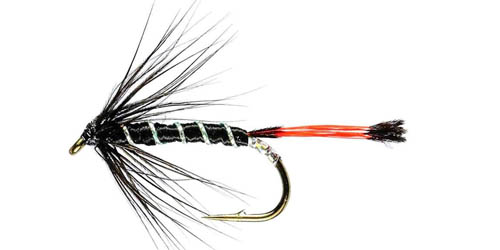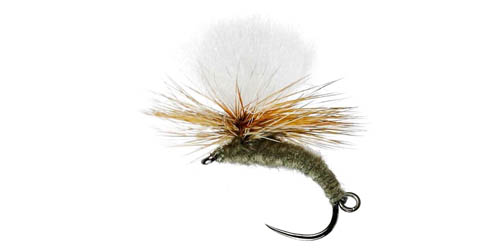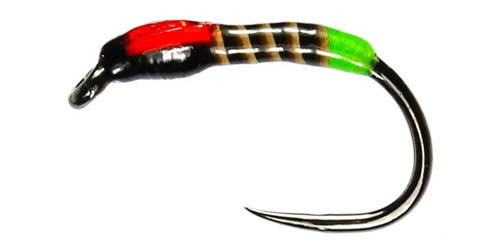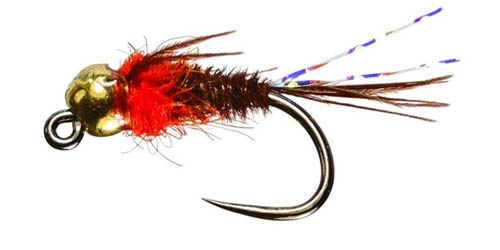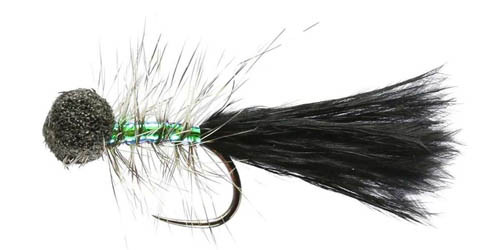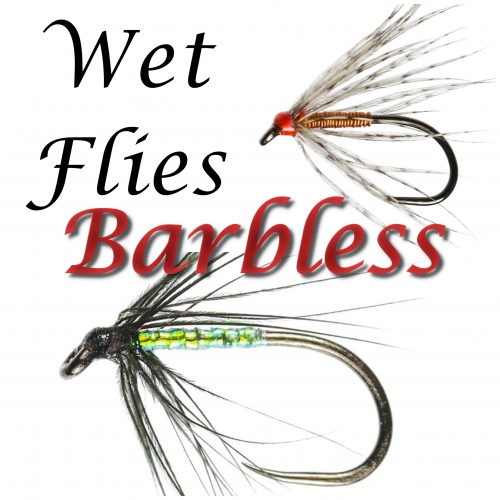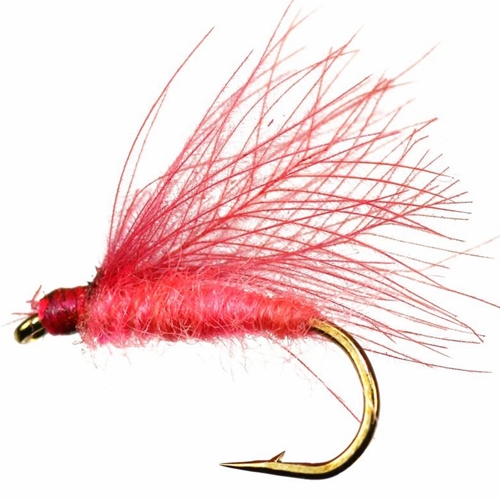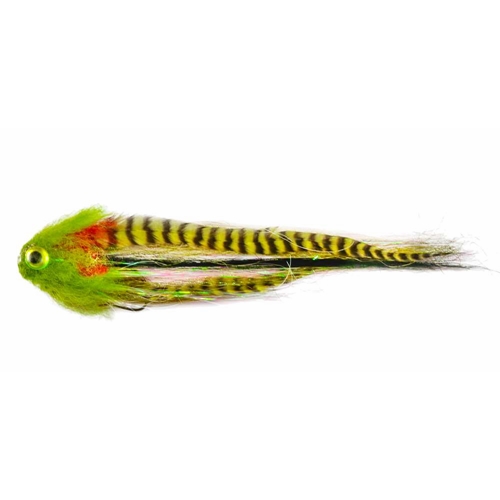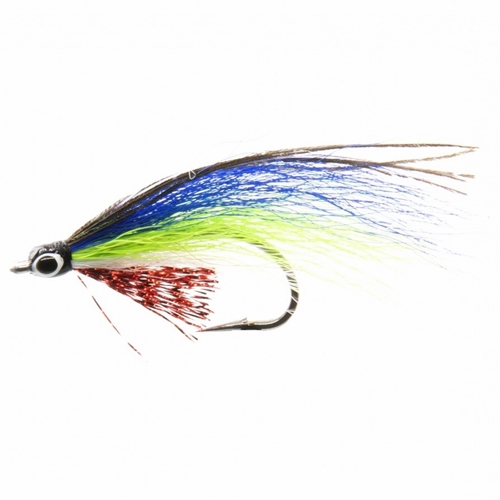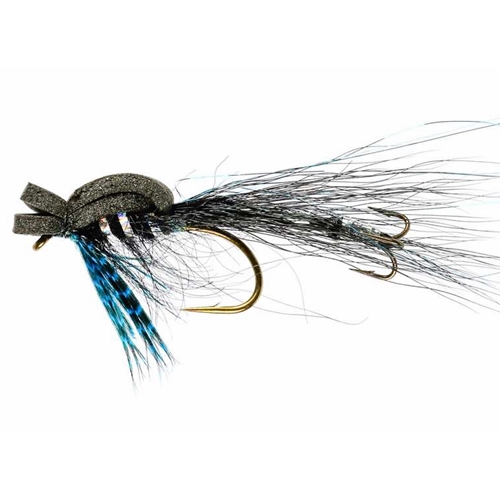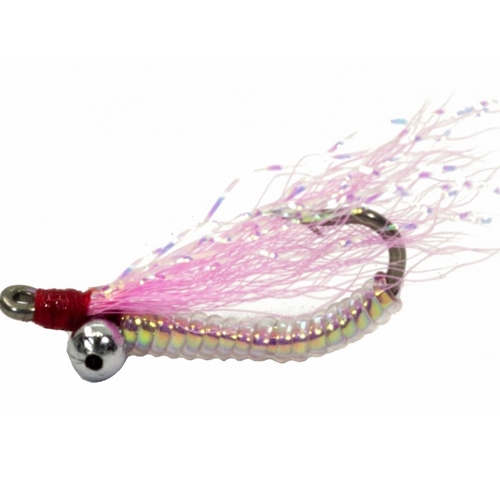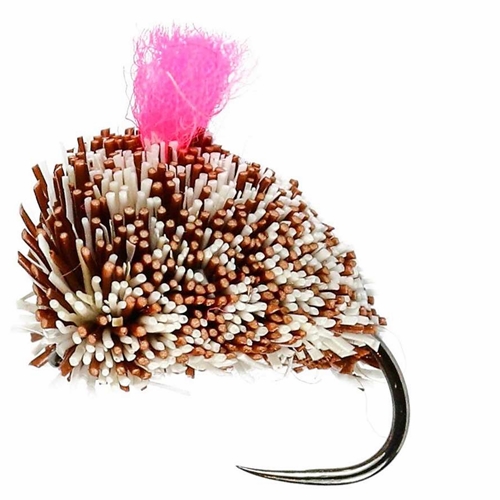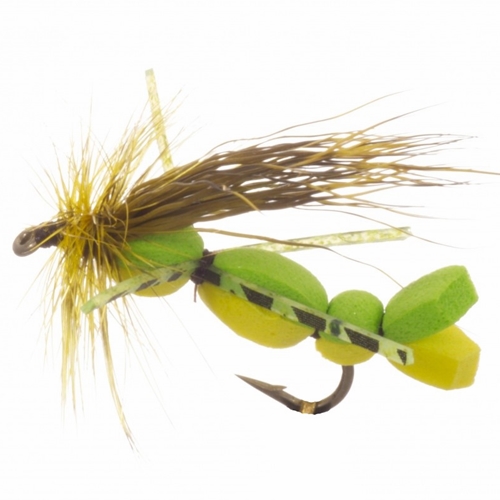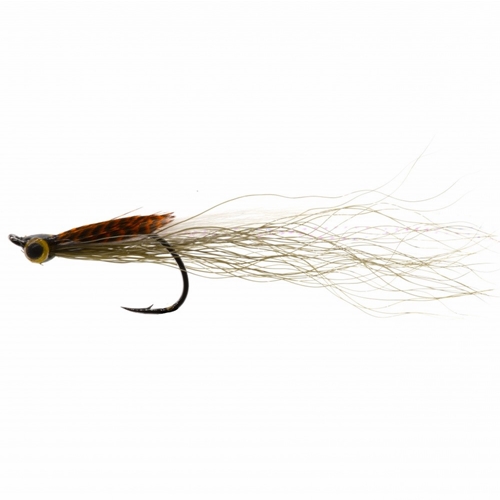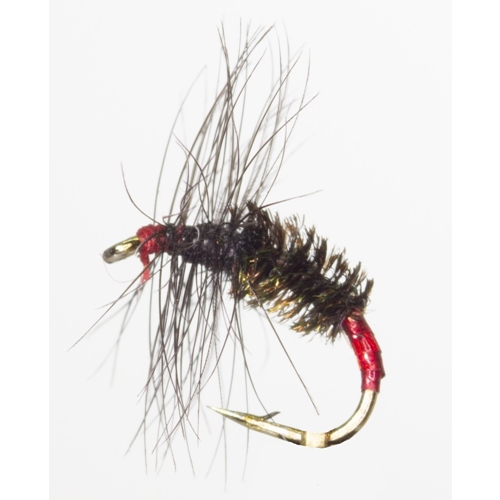About The Sea Trout
What an enigma! What a challenge for the Sea Trout! Genetically there is absolutely no anatomical differences between the sea trout and the brown trout native to rivers. Both fish share the same Latin name 'Salmo Trutta' from the salmonidae family. The sea trout goes under many names through Ireland, England and Wales, sewin, whitling, peal, herling are all names for sea trout either in different areas or their different stages of growth.
For the fly fisherman these are really different fish, probably out of a need for richer feeding, the Sea Trout heads out to sea after a year or two as fry and parr. The sea trout is rarely seen in the estuaries and sea that are its home for a good part of the part of the year, however, the sea trout runs back to rivers and streams every spring and summer to spawn.

Sea trout generally spawn each year of their adult lives and may return to the river many times. On each return migration they will have put on typically two pounds (1kg) or more.
Sea Trout fishing is excellent fun. Fishing in the pitch black of night when the shy sea trout will take the angler's fly, as a consequence the moon phases are important to the sea trout angler - full & New moons signal high tides and light nights. Check out our moon phase module to see the current moon phase.
Sea Trout Fly Collections
For the new Sea Trout fisherman we have put together The Essential Sea Trout Bundle 15 flies in 2 different sizes to make it easy for you to start fishing for Sea Trout. We stock Jambo surface wake flies, great for creating the surface wake which often causes these beasts to chase or the superb snake flies. Indeed Sandy Dickson has taken the superb Tubeology tube fly system and created an incredible range of Sea Trout Snake Flies with adjustable heads for weight according to the conditions.
Sea Trout
Common names: 'Peal' (South West England), 'Sewin' (Wales) and 'White trout' (Ireland). Small sea trout have local names, such as 'Finnock', 'Whitling' and 'Herling'.
The sea trout is a migratory form of the common and widely distributed brown trout (Salmo trutta L.). It migrates to the sea to feed and grow before returning to fresh water to spawn. Populations of brown trout may consist of almost exclusively sea trout or resident (freshwater) brown trout. However, many freshwater systems are characterised by the common occurrence of both types. The reasons for this are not fully known. However it is believed that the tendency of different systems to produce migratory trout rather than residents reflects a number of biological, genetic and environmental factors that are currently not fully understood. Nevertheless, sea trout can be produced from eggs and milt stripped from adult fish migrating up rivers from the sea.
Sea trout are native to UK and are found widely in Scandinavia, Iceland, the Baltic and many parts of the European Atlantic seaboard as far south as Portugal. Non-native populations are also found in some rivers in Chile, Argentina, Australia and New Zealand and the eastern seaboard of North America.
The sea trout has a life history that is similar to that of the salmon. Following a variable period of freshwater residence and growth they migrate to the sea as a smolts. The marine environment provides sea trout with greatly increased opportunities for feeding and growth before returning to fresh water to spawn.
Young juvenile sea trout ('parr') are indistinguishable from their resident cousins. Trout parr are characterised by their rotund body shape with a short blunt head, rounded fins, and red and brown spots. They live in the slower areas of rivers including pools and backwaters. They may also live in the margins of lakes. Trout parr that are destined to become sea trout remain in fresh water for a period of 1 and 5 years but most migrate to sea after 2 or 3 years. The rate at which the young fish grow and the age at which they enter the sea varies over their geographical range. Female parr are more likely to become smolts and migrate to sea than males.
During the early spring, many of the older and larger parr begin to turn into smolts. Sea trout smolts tend to be larger than salmon smolts. Typically, they are 5-9 inches long (13-23 cm) and distinguished by their spotted silvery flanks and yellow pectoral fins. Migration downstream takes place in April, May and early June. The main stimuli for the onset of movement downstream are thought to be increases in river flow ('spates'), changes in water temperature, lunar phase and time of day.
